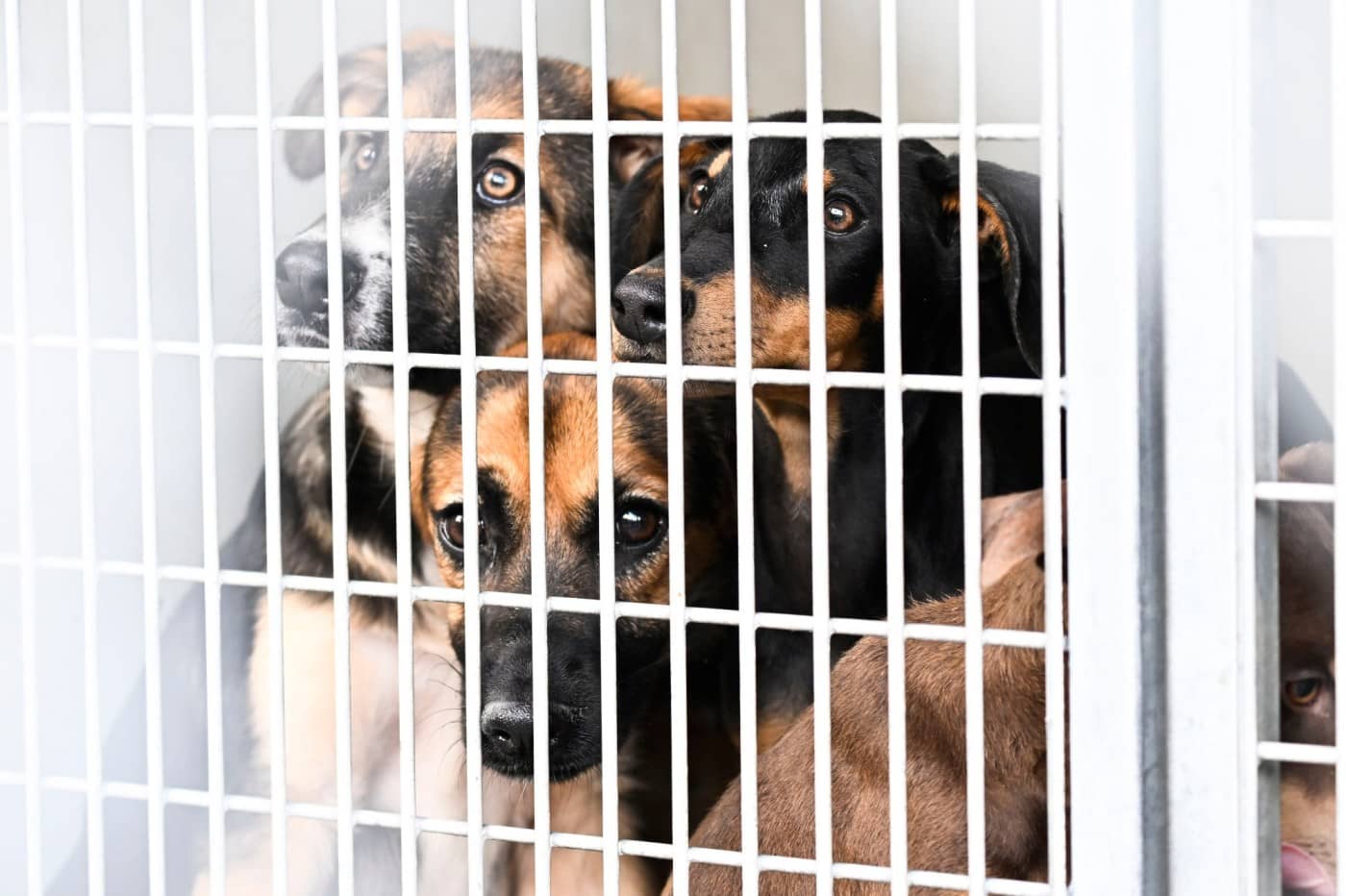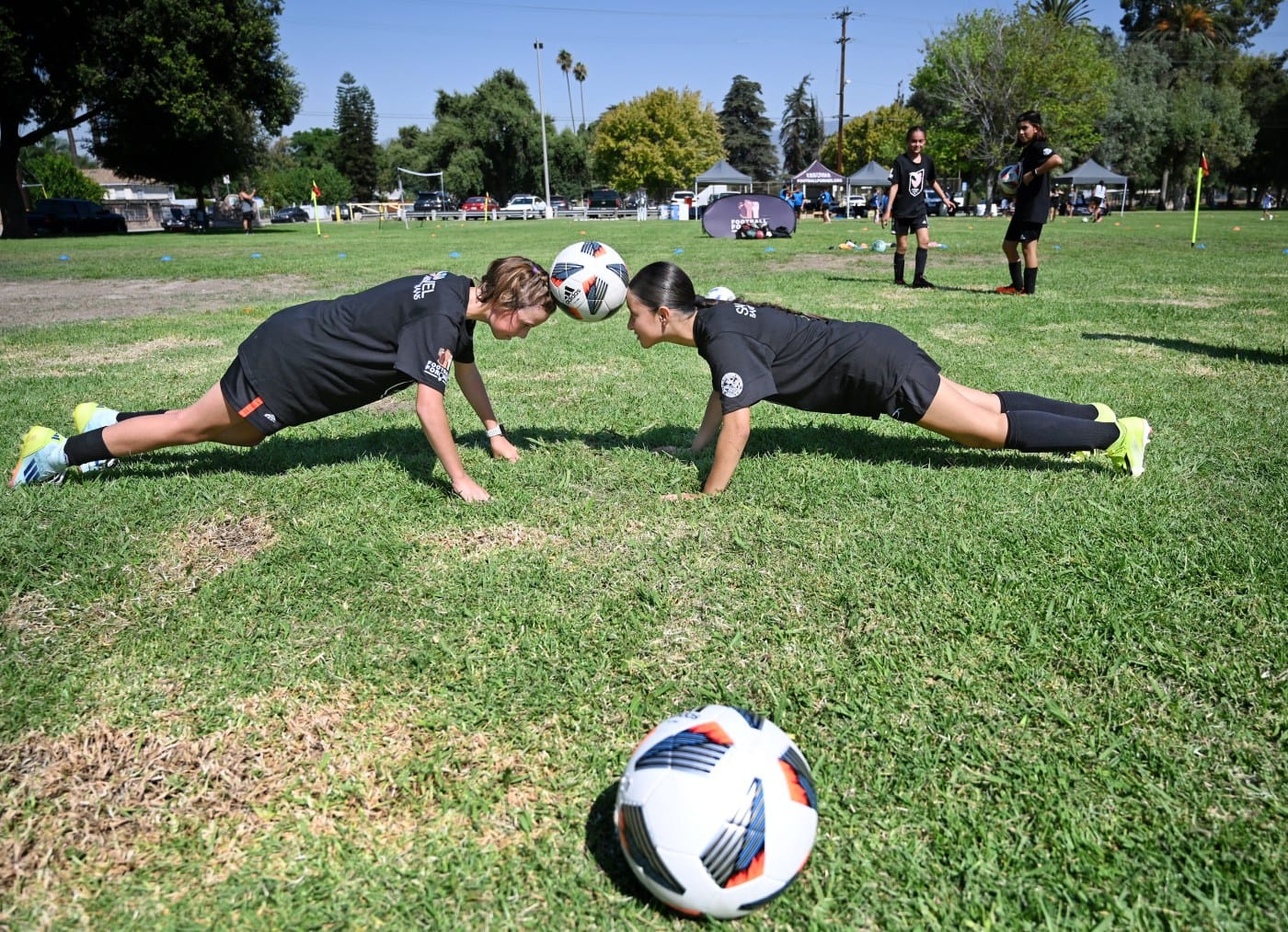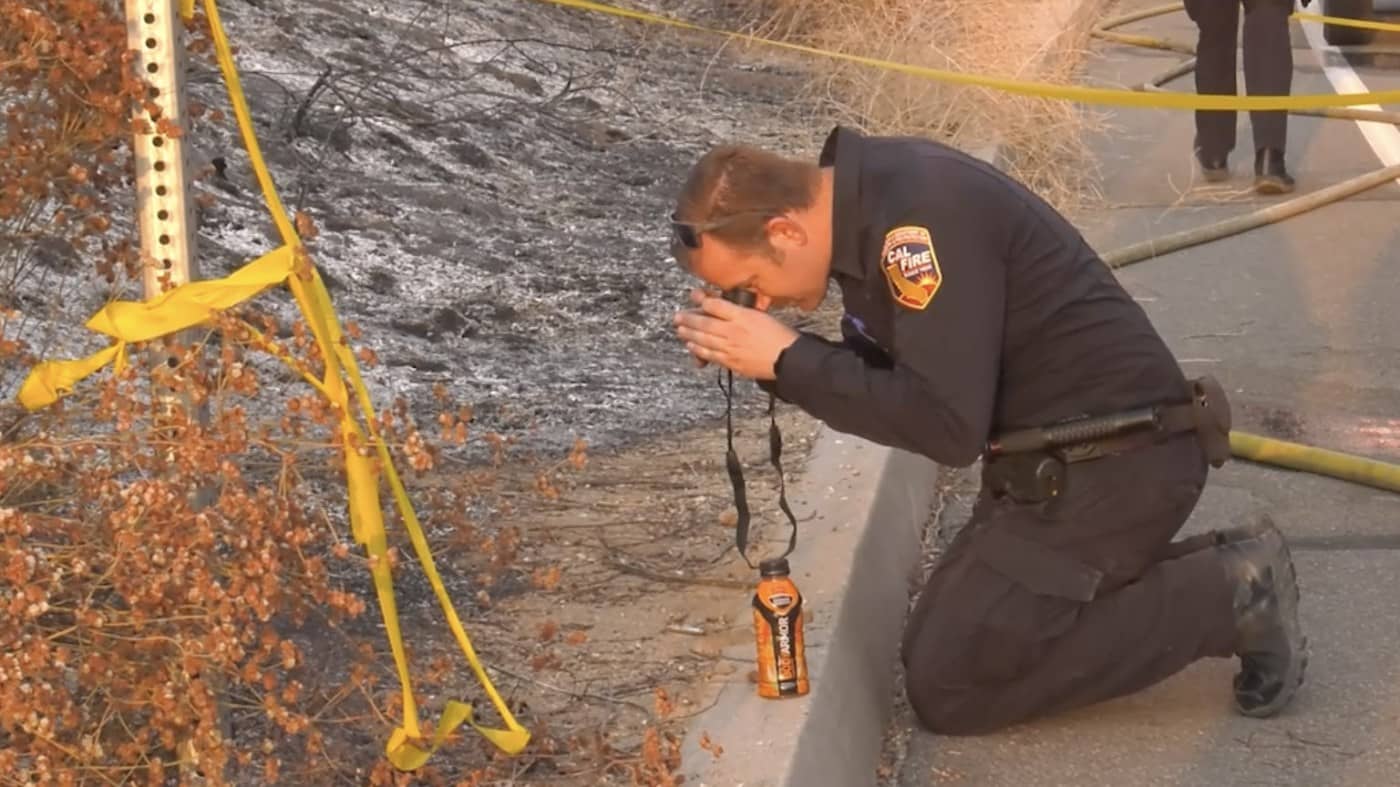Dog and cat admissions have surged at the San Bernardino City Animal Shelter since it began contracting with three new cities over the summer, outraging animal advocates and prompting a scramble to upgrade deteriorating facilities and add kennels.
San Bernardino began accepting animals from Rialto, Colton and Fontana on June 26, and the shelter expects the number of animal intakes to double in the next year from 6,000 to 12,000, said San Bernardino Animal Services Director Kristine Watson.
“We’re not talking about hundreds of animals,” Watson said.
Animal advocates were furious when the City Council voted 4-3 last December to approve the contracts after the Riverside County Department of Animal Services informed the three cities in June 2023 it would be terminating its contracts with them, effective June 30, 2024, due to overcrowding at its four animal shelters and a staffing shortage.
Experts contend overcrowded animal shelters is a national problem amid declining pet adoptions and a veterinarian shortage, in part attributed to the coronavirus pandemic, the national housing crisis and an increase in veterinarian and pet food costs, among other things.
Ill-prepared for influx
The biggest complaint from animal activists is that San Bernardino agreed to accept animals from the three cities knowing it didn’t have the space or facilities available to accommodate them. That has contributed to higher euthanasia rates, more animals dying while in care, and more dog-on-dog attacks in packed kennels, some housing up to six large dogs.
“It’s common sense. You start piling them up on top of each other, they die, they kill each other, they euthanize them,” said Sharon Negrete, an animal rights advocate and retired San Bernardino County sheriff’s deputy who served on the city’s Animal Control Commission.
Now the shelter is scrambling to obtain additional space, install temporary kennels and care for its influx of animals.
“You have to have an infrastructure that is going to support electricity, water, plumbing. They have empty kennels that have not been put together that are sitting at the shelter right now,” said animal advocate and San Bernardino resident Lydia Savala, founder of Pooch Match animal rescue.
Euthanasia vs. save rates
In June, the shelter took in 840 dogs and cats. In July, after the shelter began accepting animals from Rialto, Fontana and Colton, that number increased by 52% to 1,283 dogs and cats.
According to data provided by the San Bernardino animal shelter, 255 dogs and cats were euthanized in June, and in July that number increased by 80% to 459. The following month, the euthanasia rate dropped by a little more than 10% to 413 dogs and cats euthanized. And from Sept. 1 through Sept. 24, 286 dogs and cats had been euthanized.
Watson attributed the higher euthanasia numbers to the increase in animal intakes, and stressed that the shelter’s save rate — the percentage of dogs and cats adopted out, transferred to rescues and other agencies or returned to their owners — was 78% in June, 72% in July, 75% in August, and 80% so far for September.
Since June 26, the euthanasia numbers at the shelter have actually declined by 2% and the save rate has increased by 2%, said Watson, noting that a shelter with a save rate of 90% or higher is categorized as a “no kill” shelter. The San Bernardino shelter achieved no-kill status in 2020.
Savala said that while that data may accurately reflect shelter numbers, she believes it does not accurately reflect the number of sick or injured dogs and cats left on the streets by animal control officers, or turned away at the door by people trying to surrender them to the shelter. She believes that data would dramatically alter the shelter’s euthanasia and save rates.
Watson disputed Savala’s claims that the shelter does not accept injured dogs and cats. While it does not admit healthy cats because they are free roaming, and most find their way back home, officers do bring in injured animals that are reported. The shelter also admits injured dogs and cats surrendered to the shelter.
Watson acknowledged there has been an increase in dog attacks in kennels since the shelter stated admitting more animals, and in some cases they necessitated emergency medical care for some of the dogs.
“There have been some injured animals we’ve sent to the vet. I know of at least five,” Watson said. “I know that there was one case in particular where an older Husky had been attacked in its kennel, and I approved of a euthanasia … because it had other conditions and was in kidney failure.”
She said at least three other dogs also were recently attacked in their kennels, treated by a veterinarian, and then pulled from the shelter by animal rescues.
Watson said she is looking to hire a veterinarian, but a national veterinarian shortage has hindered the process.
Having a veterinarian on staff, Savala argues, would ensure that no dog or cat leaves the shelter without being spayed or neutered. She also recommended the city have a mobile spay and neuter unit in every ward in the city — at the senior center, in parks and at the library.
City partnerships
The city’s agreements with Rialto, Colton and Fontana are part of a more than $12 million, three-year partnership to expand shelter space that also includes the cities of Grand Terrace and Loma Linda.
The six cities will share in the $4 million cost to upgrade the aging San Bernardino shelter’s infrastructure and expand space by adding 12 modulars housing 181 additional kennels within the next year. Additionally, each city will share in the cost to fund 31 additional staff over the next three years, at a cost of roughly $8 million, to accommodate an estimated 400 dogs and 300 cats at any given time.
Part of the impetus for the city’s agreement with the three new cities was to create a new revenue stream to help fund shelter improvements at a time when an influx of animals probably was inevitable.
“Our concern was animals are going to be dumped at our shelter and we will not have the staffing or infrastructure to take them on. It may not be ideal, but at least it’s a solution,” Watson said, acknowledging that it would have been preferable to launch the partnership after all the facilities and kennels were in place.
“This gave us an opportunity to help other people in our region and make sure the city and our residents weren’t being so negatively impacted by an influx of animals we wouldn’t have any reimbursement set up to handle,” Watson said.
Temporary remedies
Watson said she is doing her best to remedy the situation, and plans to propose to the City Council on Wednesday, Oct. 2, leasing 7,200 square feet of space at a building owned by a local nonprofit, which she did not identify, to house up to 100 dogs in medical exam rooms that will double as kennels.
Meanwhile, she said a 2,380-square-foot metal building was delivered to the shelter on Wednesday, Sept. 25, that will house 34 kennels and serve as a sick ward for dogs. It is expected to be operational by November.
To make space for more dogs, all the shelter’s cats have been relocated to the former Casa Ramona day care center on the grounds of Nunez Park on Fifth Street. Watson said it can house up to 150 felines.
Additionally, 41 dogs that are court holds or dogs nursing puppies are being housed in 25 kennels at an off-site board-and-care facility, she said. Watson added that by the end of October, she hopes to expand kennel capacity at the San Bernardino shelter by more than 100 — from 168 to 284 kennels.
Long time coming
Despite the more immediate fixes to address the space crunch at the San Bernardino shelter amid its surging animal population, it will be at least another nine months to a year before it has all the facilities in place to meet the demand.
Watson said it won’t be until June 2025 at the earliest that the infrastructure improvements are complete and the concrete pads ready for the modulars. Until then, she is pushing for more space accommodations and working with her staff and local nonprofits to increase animal adoptions or transferring them to rescues and other agencies.
On Sept. 18, Watson said the mayor and City Council accepted a $25,000 grant from the nonprofit Best Friends Animal Society, which she said will be used to offer stipends of $200 to partnered rescues that pull dogs from the San Bernardino shelter.
“We are hoping that programs like this will incentivize additional rescues to partner with us and pull dogs from the shelter population,” Watson said.
Long-term solution?
Watson also envisions a potential long-term solution to the animal overcrowding problem — a new regional animal shelter serving all six cities.
The City Council has approved the formation of a nonprofit organization called The Friends of San Bernardino Animal Services to allow the city to raise money to build a state-of-the art shelter on a 6-acre parcel of city-owned land at the corner of Orange Show Road and Washington Avenue over the next five years.
Depending on whether the other cities choose to participate in the project and help fund it, Watson said the cost for the new shelter would range from $60 million to $80 million.
Related Articles
Passenger died in 15 Freeway crash in Norco when horse flew through windshield, CHP said
California cat’s 900-mile trek confounds couple 2 months after he was lost at Yellowstone
Snake yoga is an option at this Orange County yoga studio
Big Bear zoo animals to return home after Line fire prompted evacuation to a Palm Desert zoo
Agreement calls for 400-acre habitat to protect imperiled Santa Ana sucker fish, kangaroo rat
“I think five years is realistic, but there may be unforeseen delays once we begin,” said Watson, who plans to present a contract proposal to the City Council early next year, and, if approved, will submit it to the other cities to determine if they are interested.
The hefty price tag for a new shelter, in part, prompted opposition from Councilmember Kimberly Calvin in December.
Councilman Fred Shorett, who voted to approve the contracts, was Watson’s strongest supporter during the Dec. 6 meeting, and commended her on her presentation.
“We’re not just taking in animals willy-nilly from the rest of the county because they need some place to dump them,” Shorett said. “We have a plan to build a new facility, to fund a new facility, and to really correct the wrongs and the problems that we’ve experienced over the last many, many years.”



